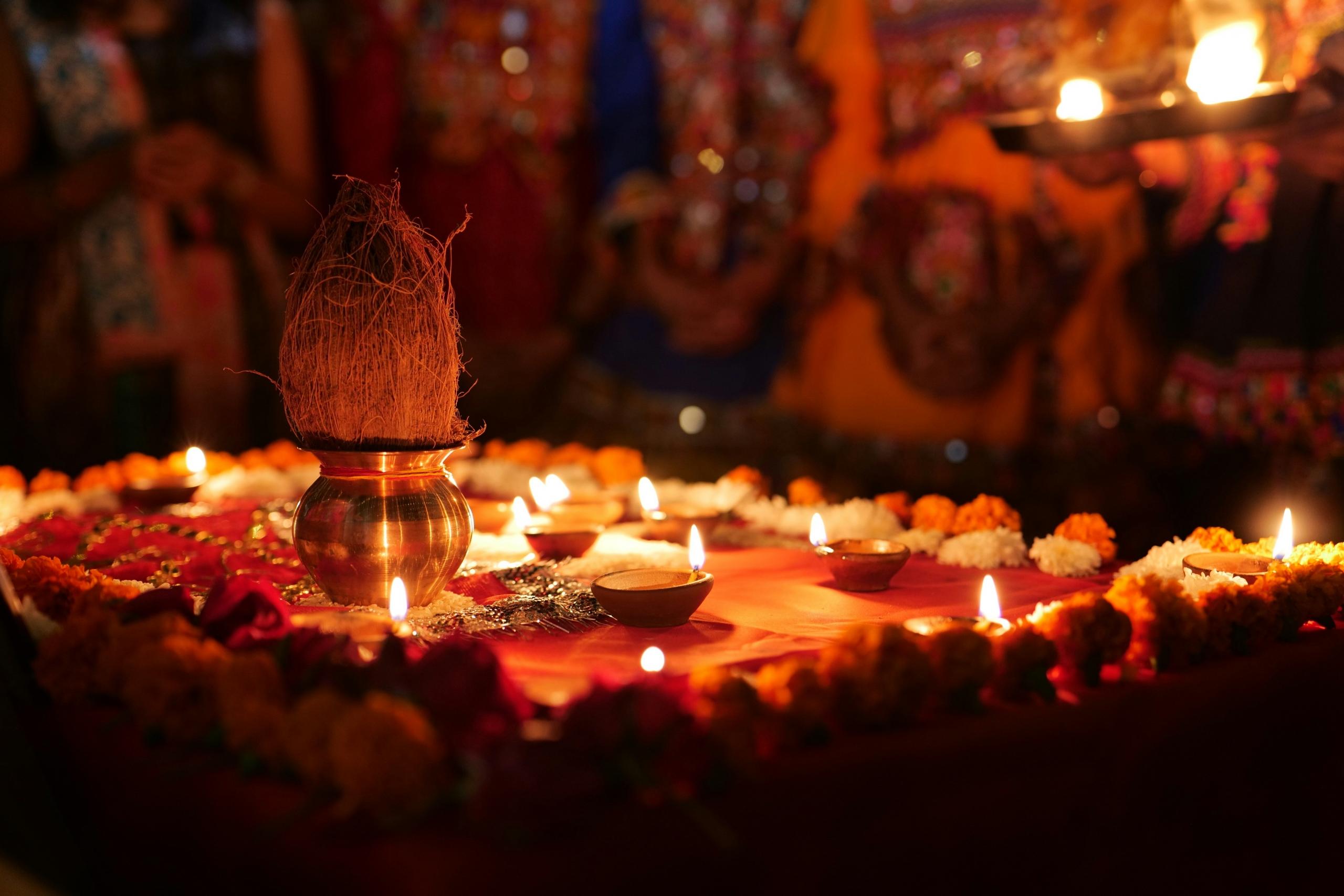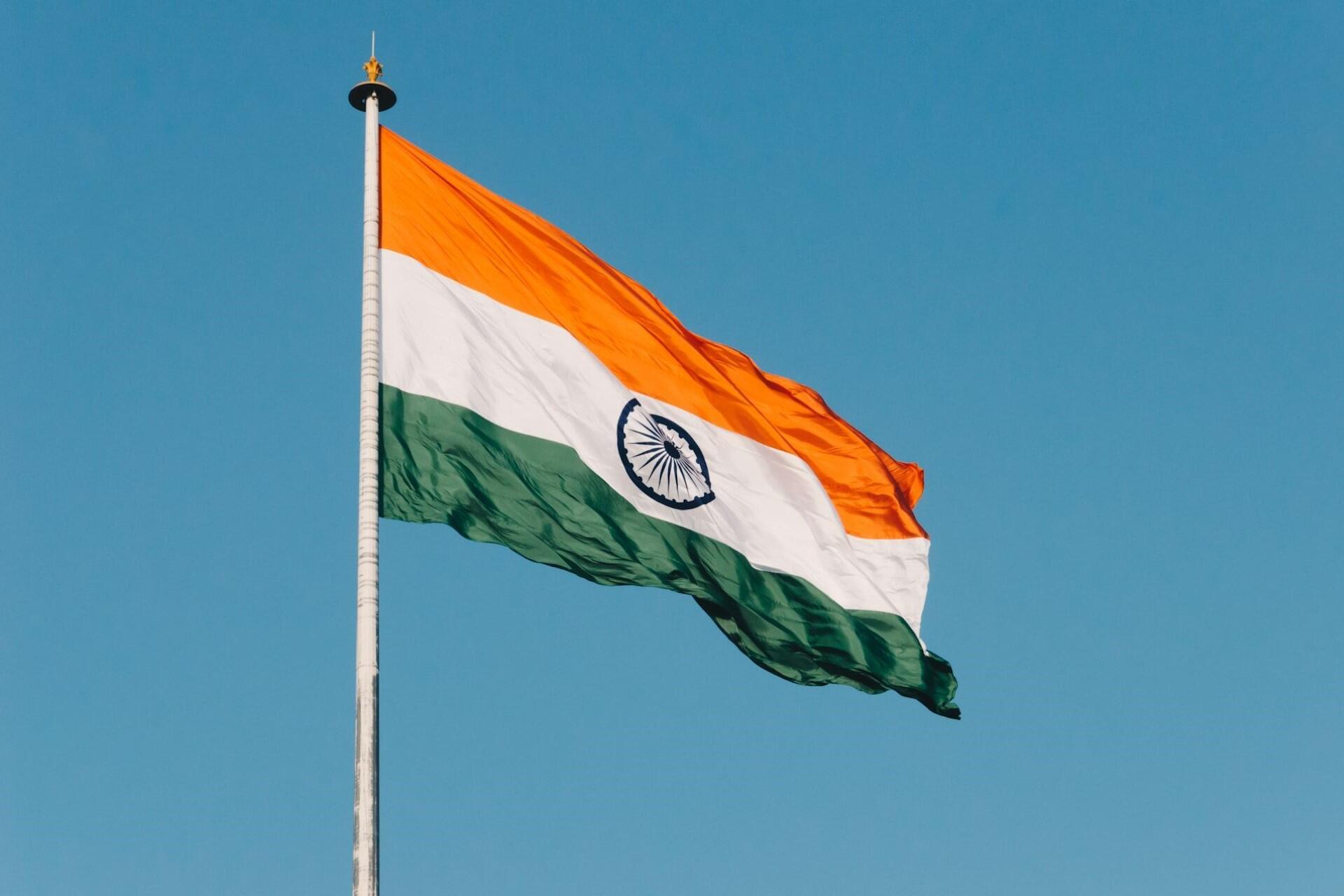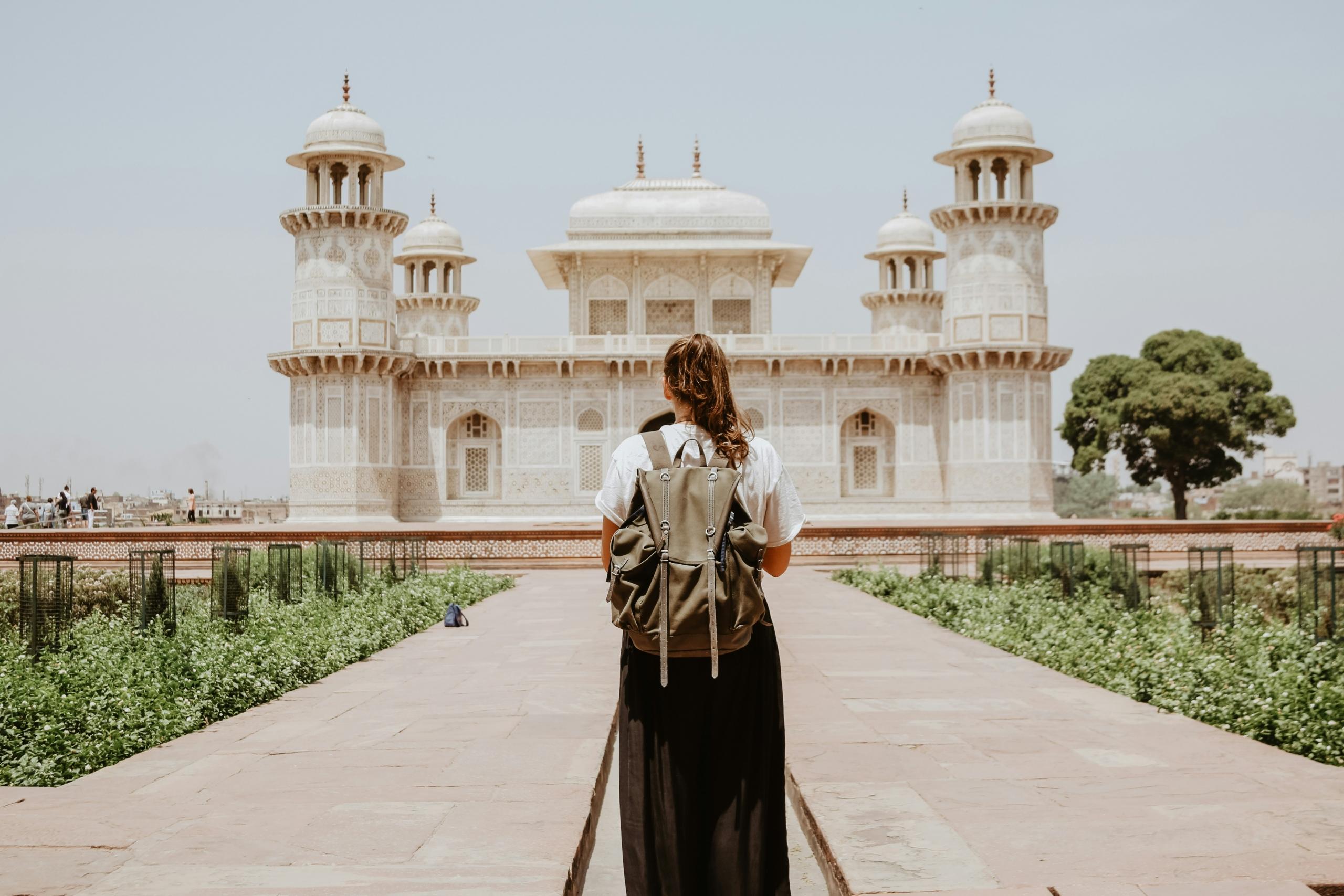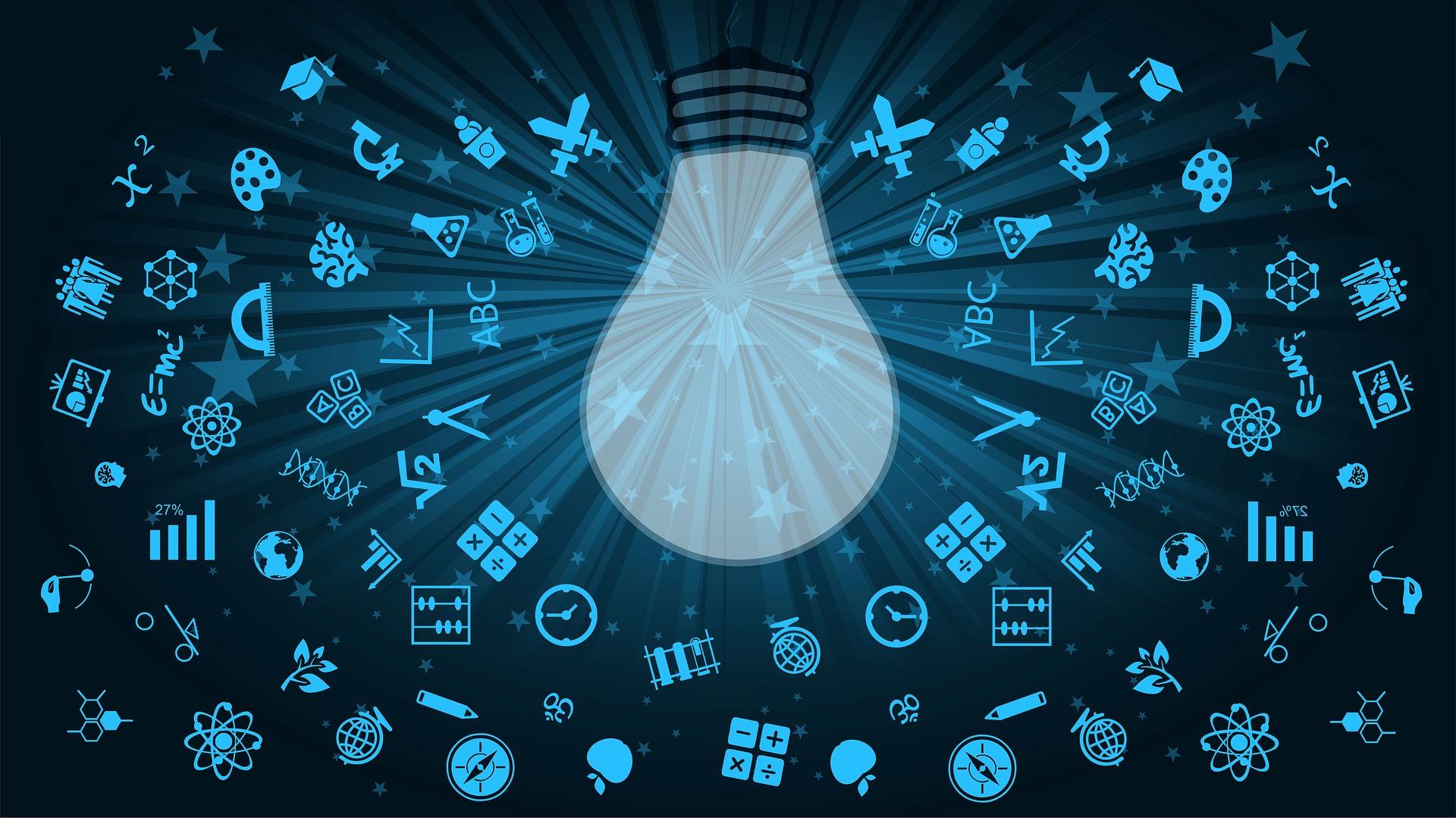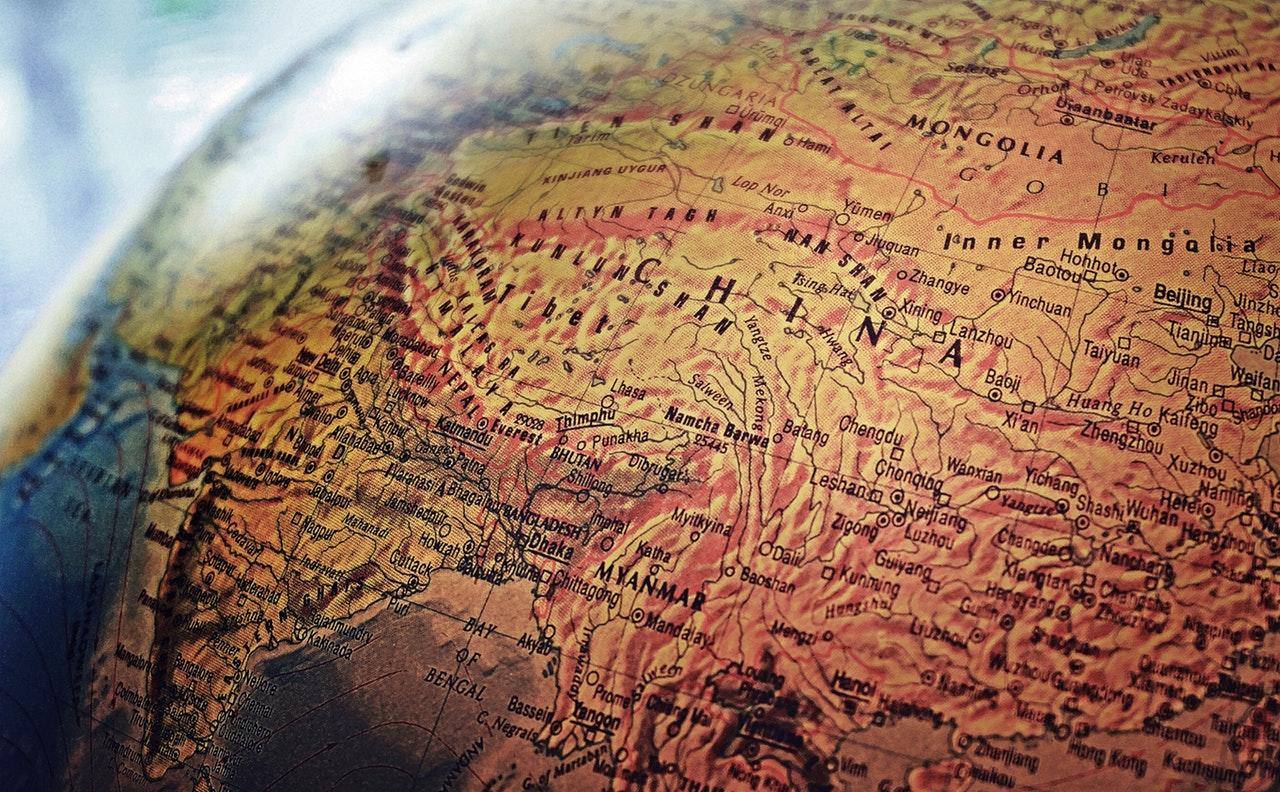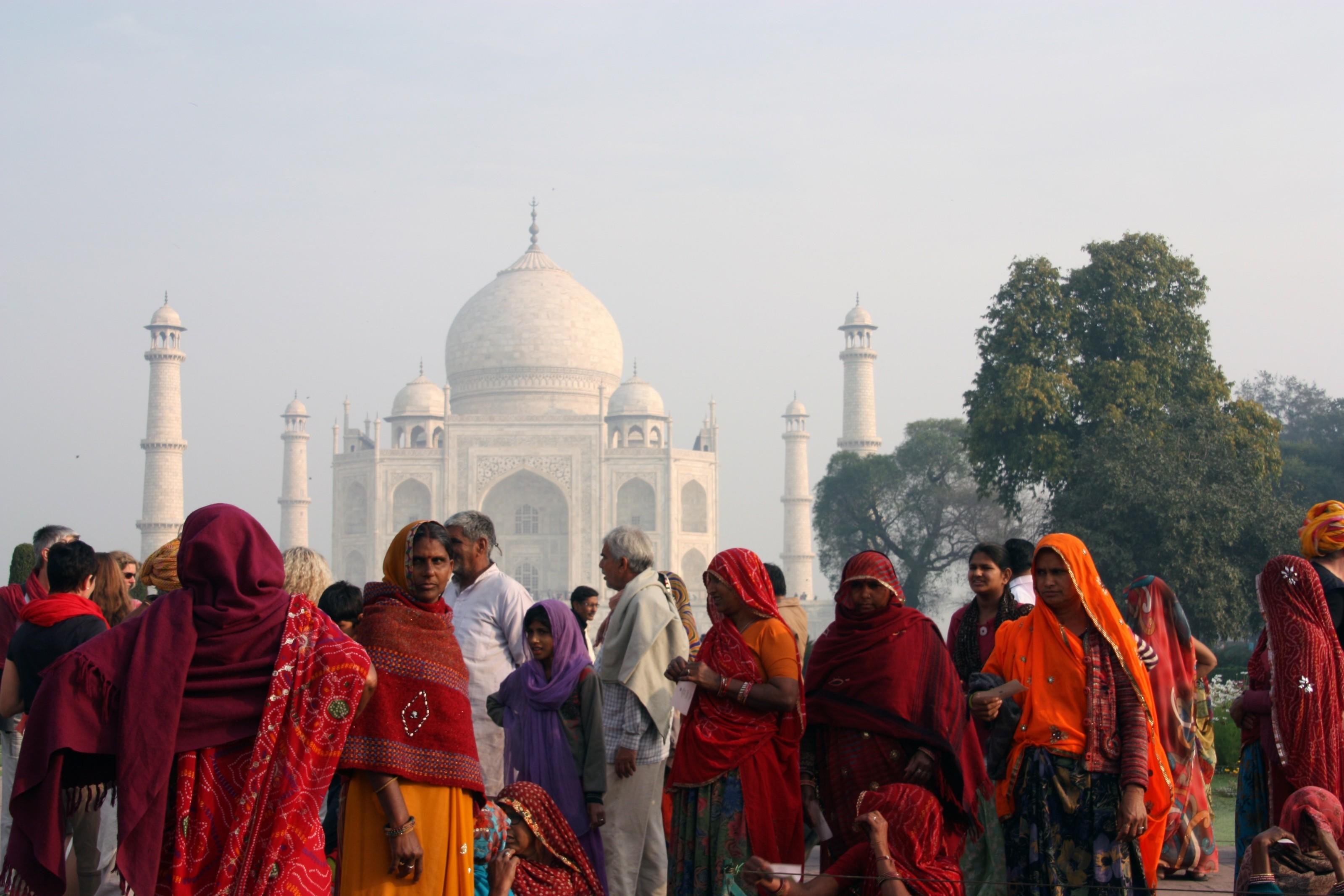Every year, during five days, Diwali is celebrated. Diwali is one of the most important celebrations in India and it marks the beginning of the Hindu New Year. During these days, families gather, pray, cook food, throw fireworks and decorate their homes with lights. For this reason, this celebration is known as the “Festival of Lights”.
Diwali commemorates the victory of God Rama over the demon Ravana, the rescue of his wife Sita and his triumphant return home. The most important value of this festival is therefore the victory of good over evil. The victory of light over darkness.
But who celebrates Diwali? Essentially Diwali is a Hindu celebration, however, other beliefs, such as Jains, Sikhs and Buddhists, are also part of this festivity.

What is the history of Diwali?
Diwali was born from this story, a very important one in Hindu mythology: God Rama, an incarnation of Vishnu, defeated Ravana, a fearsome demon who brought chaos and darkness to the region. The history of Diwali was recorded by Valmiki, an important Sanskrit poet.
Since childhood, Rama was considered a hero. His bravery and piety made him stand out from the rest of the mortals. Rama was so extraordinary that he was able to lift and bend Shiva's bow, an act that granted him the right to marry the beautiful princess Sita. However, he could not have a peaceful life with her, as he was banished to the forest by his father.
The demon Ravana, fascinated by Sita's beauty, abducted her in order to seduce her, but she rejected him. Desperate to win her back, Rama formed an alliance with the king of the monkeys, Sugriva. Together with him and an army of monkeys, they fought to get her back.
After a great war, Ravana was defeated. Thus Rama was able to regain his wife and return home to rule Ayodhya for many years of glory. This is in essence the history of Diwali, the story that gave birth to everything.
Traditions and activities performed on Diwali
In order to know what is Diwali, it is necessary to know its traditions and how to celebrate Diwali. The activities that take place during Diwali are strictly related to the meaning of this festival.
In Sanskrit, “Deepak” and “Vali” (Diwali or Divali) means “line of lamps,” Deepak (Diya Hind) is a clay lamp with oil. But what do lights symbolise? Symbolically, the lamps or Diyas are meant to illuminate Rama's path as he returns home on a night when the stars are almost absent.
But what is Diwali for Hindus? For the people of India, Diwali is a time when the family comes together. It is a time of purification, but also of lights, music and colours.
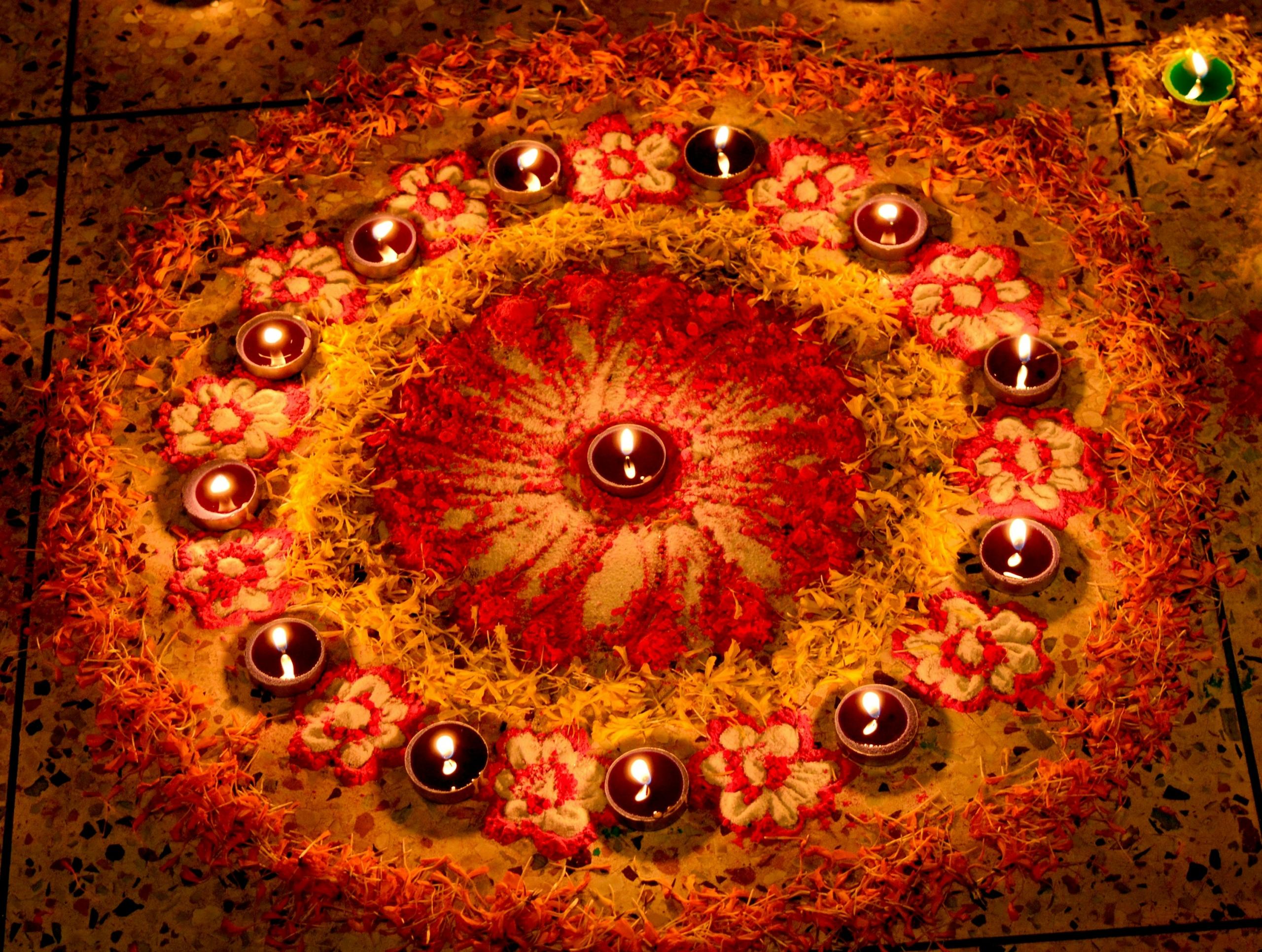
Before Diwali starts, Indian families clean their houses, buy new clothes and buy gifts for their loved ones. Another common activity on Diwali is to visit the temple of the goddess of wealth, Lakshmi, to ask for good fortune and prosperity. Offerings to this deity consist of flowers, fruits and sweets.
During Dewali, people usually buy or make their own sweets as gifts for family and friends. Some of these sweets are laddus, barfis and jalebis. They symbolise love and unity.

Who celebrates Diwali in the world?
Have you ever asked yourself this question: who celebrates Diwali around the world? Many people. For example, all Hindu communities all over the planet. In Nepal, for example, Diwali is known as Tihart. Goddess Lakshmi is worshipped and animals, such as dogs or cows, are honoured.
On the other hand, in Singapore, Hindus hold parades, play traditional Indian music and light up Little India with cultural events. In Malaysia they shoot fireworks, enjoy the music and songs of their people, and perform traditional dances.
Diwali is also celebrated in the United Kingdom, United States, France, Australia, and different parts of the Western world, where fireworks are also launched and decorated with lights.
Traditional Diwali foods and their preparation
One of the most traditional foods that are prepared on Diwali are sweets or Mithai. Mithai can be purchased at special Diwali markets or they can be made at home, where they are offered to loved ones, friends and guests.
There are different types of sweets. One of the most popular is Laddu, which is a dumpling (similar to coconut) made of chickpea flour, semolina (or coconut) and sweetened with sugar and cardamom.
Another traditional sweet is Barfi, which is made with condensed milk and can have coconut, almond, mango or pistachio. Many people also prepare it with khoya.
Other typical Diwali sweets are the following:
| Name of mithai | What it is made of |
|---|---|
| Kaju Katl | This Mithai is made of sugar, butter and ground cashew nuts. In fact, Kaju (part of its name) means cashew in Hindi. |
| Rasgulla | This sweet is made of cheese that is cooked in syrup. This is certainly one of the most traditional Diwali Recipes. |
| Soan Papdi | This Mithai is made with chickpea flour, sugar, butter and pistachios. It is usually served in the form of cubes. It is crispy and flaky. |
Salad traditional Diwali foods
These foods are usually prepared on Diwali, but also during other times of the year.
Tarda dal is one of the simplest Diwali Recipes to make. This is basically a lentil dish with aromatic spices. It is creamy, has an intense taste and can be served as a main dish or as a side dish.
Roast aubergine and potato curry is one of the most traditional Diwali foods. It is made with potatoes and eggplants. The eggplants are roasted and smoked, while the potatoes are mixed with spices, such as cumin, coriander and turmeric. It is usually served with rice.
| Name of dish | What it is made of |
|---|---|
| Aloo tikki | Aloo tikki are mashed potatoes seasoned and flavored with spices. The potatoes are cooked with onion and coriander. You can serve it with sauces such as mint chutney, and it can be the main dish or be part of a “Chaat” |
| Sweet Potato and Chickpea Curry | Sweet Potato and Chickpea Curry is an excellent mixture of sweet potato and chickpea. It is served together with curry sauce. It is creamy in texture and it is very pleasant to the palate. This dish is a great source of protein. |
Diwali celebrates the triumph of good over evil with vibrant lamps, fireworks, feasts, and prayers to Goddess Lakshmi for prosperity.
What Is Diwali and how we can teach it to the new generations
As we learn about Diwali, we realise how diverse the world is. The planet is full of different cultures, all of them very unique and rich in traditions and experiences. Learning about other cultures is to understand that there are different ways of seeing and living life. Understanding Diwali is a way to broaden our horizons and expand our knowledge.
Videos about Diwali
Watching educational videos is a very useful tool for learning about Diwali. Videos use images and sound as main resources, which makes the sensory experience meaningful for young people and adults.
Lights and colours are the main characters of Diwali. So, watching Diwali on screen is an interesting experience, especially for children. It is not necessary to watch only documentaries; they can also be animations or fiction films.
A video is always an enjoyable tool. Through audiovisual material, it is possible to learn complex concepts, which might be more difficult to understand on paper. Imagine being able to see the story of the God Rama animated. Children would be delighted and they could learn right away.
Handicrafts
Making handicrafts is fun and a very good way to learn about Diwali. While students are making Diwali-related crafts, teachers can explain to them What Is Diwali and the history of Diwali. An object that children and adults can make is a Diya, a perfect activity to teach students about Diwali.
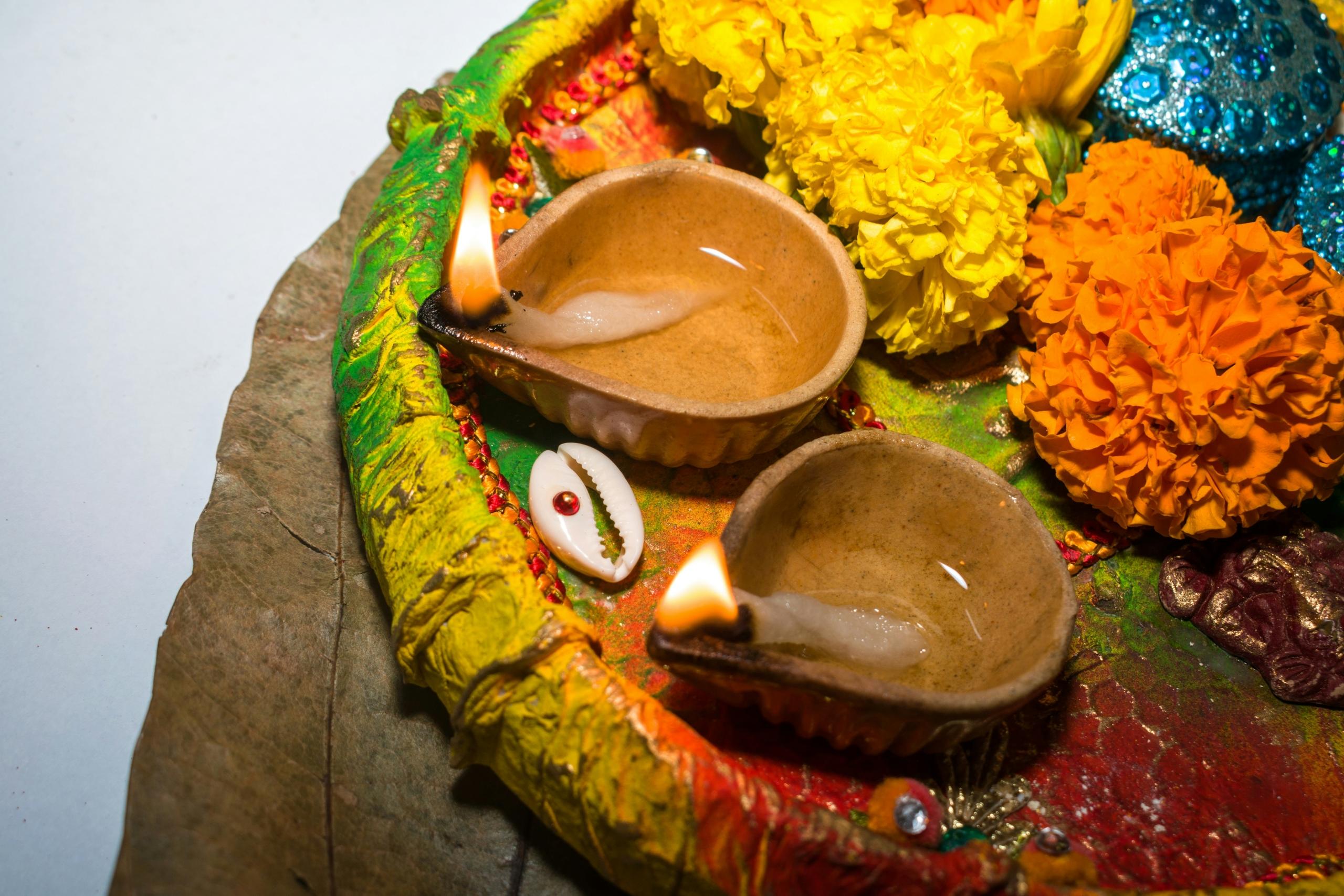
Diyas are clay lamps with cotton wicks, which are dipped in oil so that they can be lit with fire. Hindus use diyas to decorate their houses and other places during the days of Diwali. Its purpose is not only to be an ornament and to illuminate with colours. Diyas symbolise the illumination of life over ignorance and negativity.
Theatrical presentation
Young people can also learn about Diwali by performing a theatrical presentation. In order to perform this play, their teachers must first teach them about what is the history that is commemorated in this celebration.
This is a very good way for young people to learn the history of Diwali. Thanks to this play, the boys and girls can make masks, make crafts, act, and ultimately come in contact with Diwali historical traditions, which are essential to understanding what Diwali is.
Reading and discussion
The storytelling tradition revolving around Diwali is vast. The reading of all its stories in class is an activity that could be interesting to many students. Of course, they can participate by discussing these stories and reflecting on their sacred value.
Diwali celebrates deep Hindu mythology, but it is also a time for spirituality and love. The values of Diwali are also present in Western festivals. Values such as family unity, generosity, and sharing, are also present in our Christmas and Easter.
Diwali's stories not only offer a glimpse into Hindu mythology but also teach important life lessons. Teachers can engage students by encouraging them to explore the themes of light overcoming darkness, good defeating evil, and knowledge triumphing over ignorance.
These timeless lessons resonate with people of all ages and backgrounds, making Diwali stories a perfect tool for cross-cultural understanding. By drawing parallels between Diwali and other global festivals, educators can highlight the shared human values that bind us together, fostering a sense of unity and respect for diverse traditions and beliefs.
Résumer avec l'IA :

